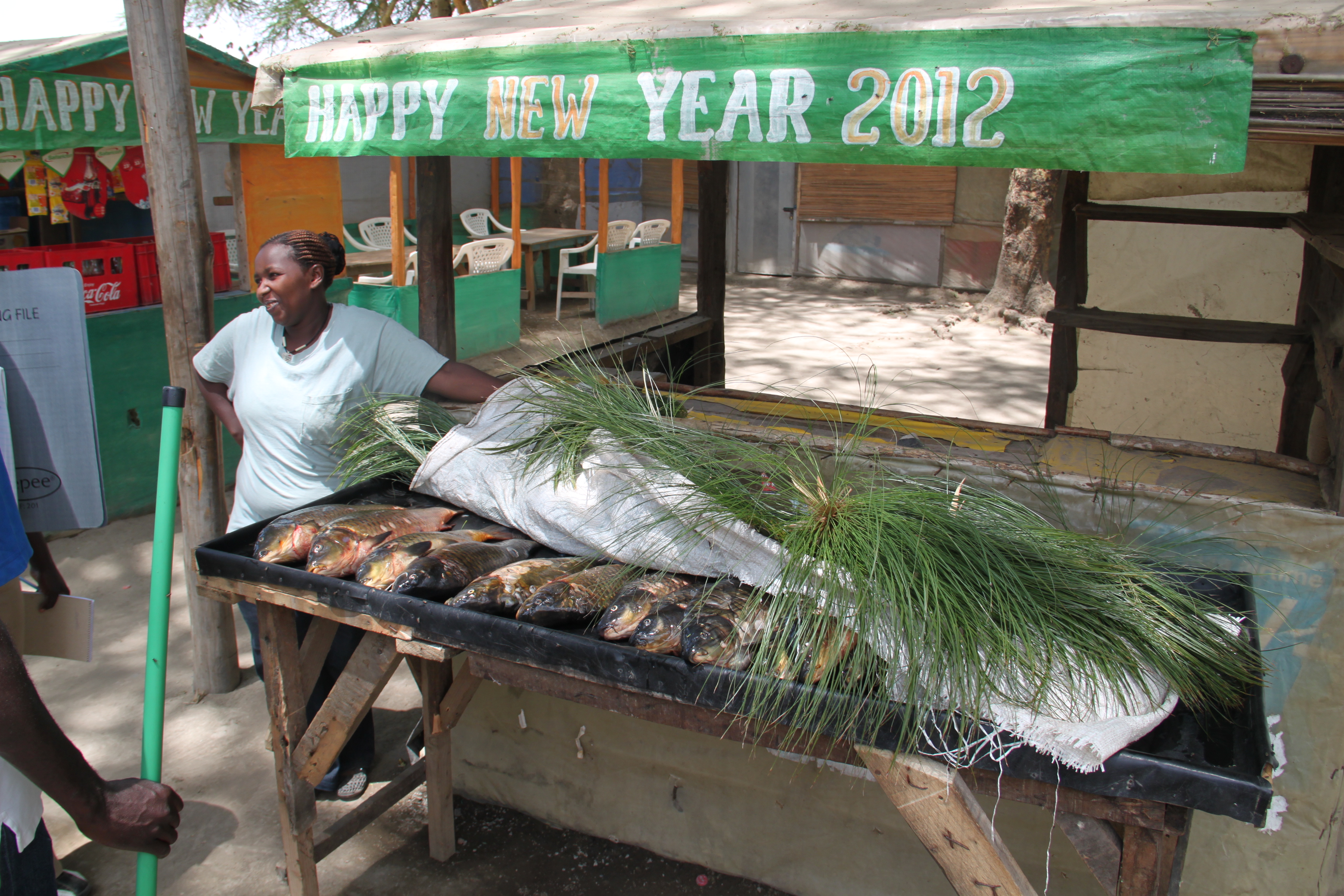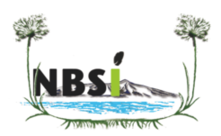Fishing

Due to wide lake level oscillations and periodic drying that historically did not allow the long term establishment of a well-structured structured fish community, at Lake Naivasha fishing activities developed only recently. Until the arrival of European settlers, local Maasai pastoralists did not show interest in fishing. Eventually fishing developed through fish introduction by Europeans who used to exploit the lake for sport fishing.
As the density of fish rose, this opportunity attracted newcomers with fishing skills such as the Luo fishermen from Lake Victoria, who still represent a sizeable portion of the Naivasha commercial fishery today.
The Kenya Ministry of Fisheries established a District Office at Naivasha in 1980s and ever since managed the lake with the declared objective of supporting the tilapia fishery, the most marketable fish. Over the years, periodic introductions of tilapia fingerlings developed into the current situation whereby the lake now hosts at least 3 tilapia species: Oreochromis niloticus, O. leucostictus and Tilapia zillii.
During the 1980s, for few years, fishing interests focused onto the introduced Red Louisiana Crayfish. The Naivasha crayfish trade provided a sizeable revenue for the local fishing community due to exports of live crayfish to Sweden. Unfortunately this trade had to be interrupted when the European Union banned the import of all live animals for hygienic reasons.
The Straightfin barb (Barbus paludinosus), considered a local sort of lake sardine (therefore called with the Luo term 'adel'), colonised the lake from the surrounding river catchments. It did sustain a sizeable commercial fishery in the mid 1980s, but this eventually closed when the Ministry established strict regulations addressing the size of gillnets in the attempt of protecting young tilapiines in their pre-reproductive phase. After its introduction in 1999, Carp came to represent more than 90% of the total fish yield recorded at landing beaches by Ministry officials.
Fishing activities at Lake Naivasha are organized around 3 official landing sites that are looked after by community members organized into Beach Management Units, each comprising a fixed number of licensed fishermen. recent reforms raised the number of licensed boats to 100 for the whole lake. It is believed, however, that fish taken by illegal fish poachers may be greater than the licenced catch.
As explained by John Mureithi in the video, some fishing is carried out also in small dams throughout the catchment.



